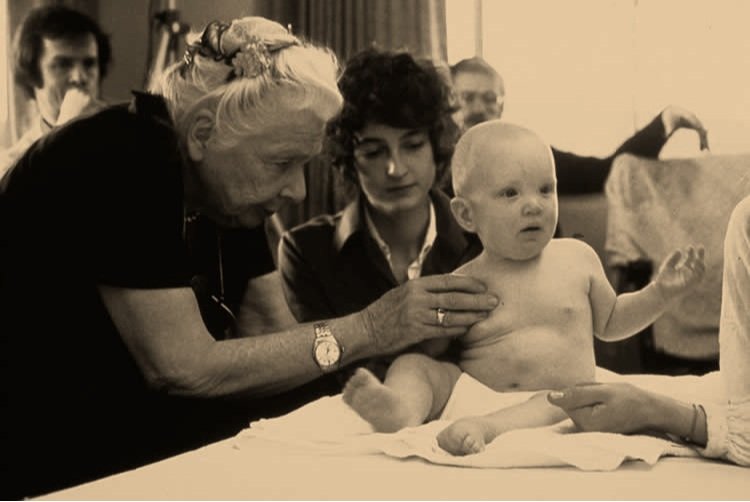
What is Rolfing® Structural Integration?
Key Benefits of Rolfing® Structural Integration
Rolfing, or Structural Integration, is a holistic approach to bodywork that focuses on improving the body's structure and alignment. Here are four key benefits of Rolfing:
Improved posture and alignment:
Rolfing aims to reorganize and balance the body's connective tissues, promoting better alignment and posture. Through targeted manipulation and soft tissue work, Rolfing helps release tension, allowing the body to find a more natural and efficient alignment. This can lead to reduced strain on muscles and joints, alleviating discomfort associated with poor posture.
Enhanced Range of Motion and Flexibility:
By addressing restrictions in the fascia, the connective tissue that surrounds muscles and organs, Rolfing helps increase flexibility and range of motion. The release of tension and adhesions in the fascia allows for greater ease of movement, making it beneficial for individuals looking to enhance athletic performance or recover from injuries.
Pain Relief and Stress Reduction:
Rolfing can be effective in relieving chronic pain, such as that associated with backaches, neck tension, and repetitive stress injuries. The release of tension in the fascia and improved alignment can reduce strain on muscles and joints, alleviating pain. Additionally, the hands-on nature of Rolfing promotes relaxation, helping to reduce overall stress and tension in the body.
Increased Body Awareness and Mind-Body Connection:
Rolfing emphasizes the importance of body awareness and the mind-body connection. Clients often report heightened awareness of their bodies, leading to improved posture, movement patterns, and overall well-being. This increased awareness can empower individuals to make positive lifestyle changes and adopt healthier movement habits.
For more information, please visit the official website of the Rolf Institute of Structural Integration



Ida P. Rolf
“Form and function are a unity, two sides of one coin. In order to enhance function, appropriate form must exist or be created.”
— Ida Pauline Rolf, PhD, a biochemist and creator of the method she called “Structural Integration” but is more commonly known as Rolfing
